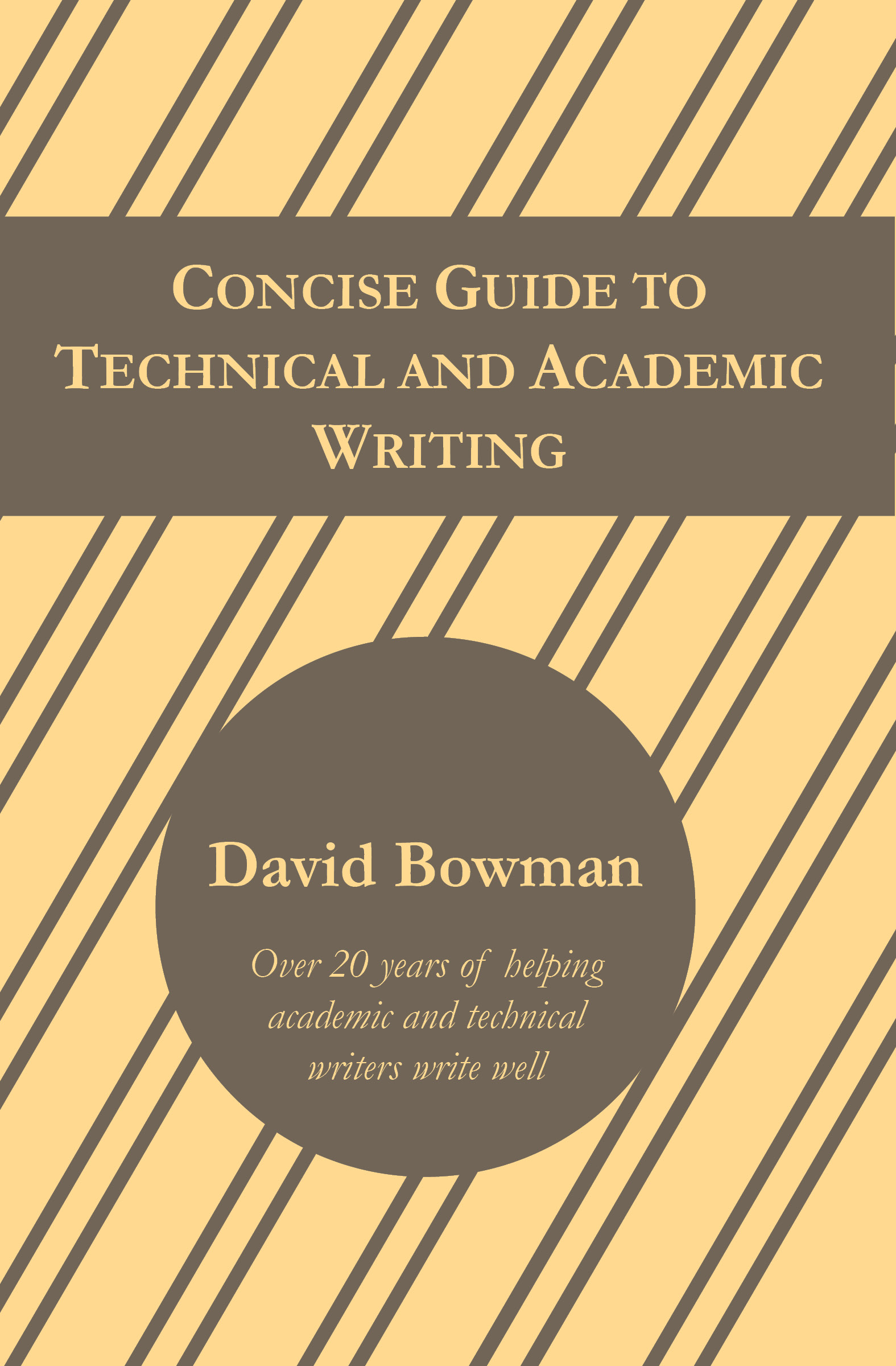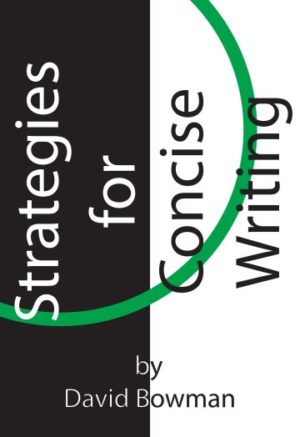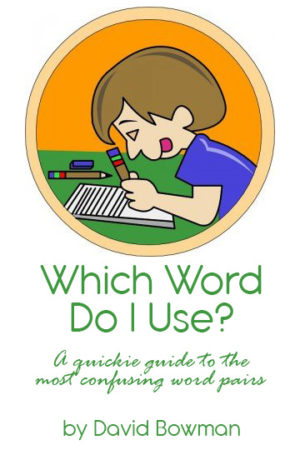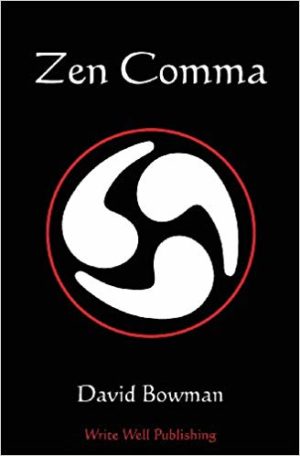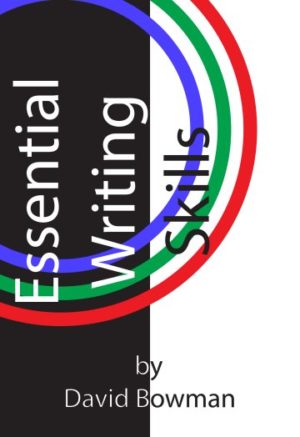$3.99
Learn to write clearly, concisely, and professionally. Master these writing strategies, and leave the book on your desk as a reference.
Excellent resource for graduate students, professionals, and anyone seeking to publish.
69 pages
PDF download
This listing is for the eBook version only.
Click here for the Print version.
Description
Description
Technical and academic writing share one thing in common: they present focused information to a targeted audience to accomplish a specific purpose. Technical and academic writing can be, and need to be, good writing.
In three sections, this concise guide will give you guidance on
- principles of good writing,
- strategies for clear technical and academic writing, and
- essentials of writing mechanics.
You will learn how to write clear, engaging, and straightforward documents that achieve your purpose and meet the readers’ needs.
Concise Guide to Technical and Academic Writing is for people who write project reports, white papers, instructional texts, position papers, annual reports, dissertations and theses, grant proposals, expository essays, book and article reviews, research findings, and other types of technical and academic documents.
Reviews
Maeve Maddox, Ph.D., the American English Doctor, educator, and author:
In thirty-plus years of teaching English, ten of them at the college level, I’ve never seen a clearer, more focused presentation of the basic concepts needed to produce readable writing. When I taught freshman composition at a state university, the assigned English text contained 894 pages, not counting a glossary and index. I wish I’d had David Bowman’s Concise Guide to Academic and Technical Writing instead.
In just 69 pages [PDF version], David Bowman succeeds in packing all the grammatical and structural information a writer of technical or academic texts needs to produce a workmanlike product. Not a word is wasted on irrelevancies; only the information needed to write objective, coherent, uncluttered informational prose is included.
The guide is organized into four sections.
In Section A, Bowman sets forth the context and principles of academic and technical writing. He emphasizes the importance of beginning every writing project by thinking about the intended reader. By contrasting five levels of formality in written expression, he illustrates the importance of tailoring language to the intended audience.
Section B describes and illustrates the characteristics of what Bowman calls “direct writing.” Distinguishing between “grammatical” and “meaningful” subjects, he shows the writer how to focus on the most important thought in a sentence. He explains the importance of verbs compared to the subordinate uses of nouns and modifiers. In the subsection on concise writing, he shows how to eliminate redundancy by choosing more appropriate words and by combining sentences. He provides clear directions for building sentences and paragraphs, linking them with transitions, and keeping readers on track with strategically placed “signposts” that let them know where in the document they are.
Bowman’s expertise as an editor shines in Section C: “Writing Mechanics.” In 18 pages, he provides easy to remember guidelines for avoiding the most common errors of punctuation, grammar, and word choice that plague all writers. His simple rules for comma use are probably worth the price of the book.
The final section, “Technical and Academic Documents,” deals with organization, formatting, and attribution. It concludes with a useful reiteration of the main steps in producing a readable, publishable academic or technical text.
Overall, David Bowman’s Concise Guide to Academic and Technical Writing is a valuable addition to his already impressive series of writing guides. Editors and composition teachers can benefit from it as much as writers of any level of experience.
Daniel Bunn, Doctoral Student:
Perhaps the most helpful aspect of this work is its range of material covered: it addresses minute detail of word choice and sentence structure as well as issues of structure and arrangement at a macro-level. Perhaps the only “shortcoming” of the book is its brevity: it covers in [124] pages what many guides would spread out over 300. However, this weakness is the book’s greatest strength. Most of us who write academically are limited in time, if not desire, on exhaustive discussions, yet we greatly desire to write clearly and to continue to learn how to do so better. Bowman’s is a welcome and helpful voice to fill that void.
